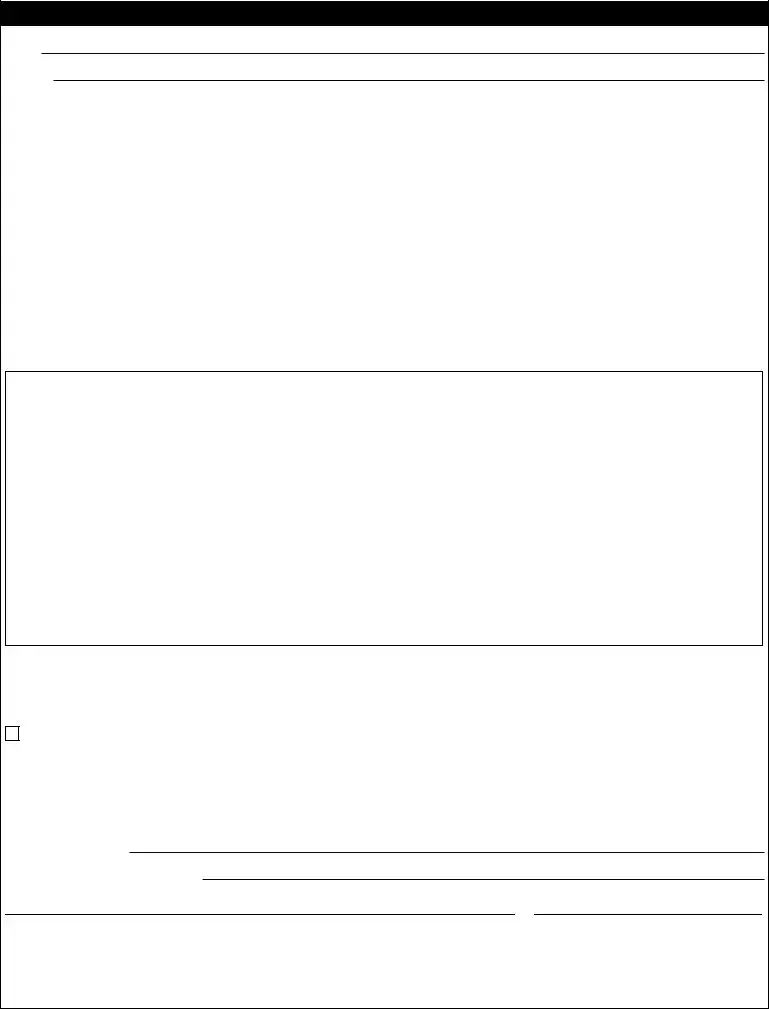Instructions for Completing Complaint Form
To complain about service or treatment by a licensed professional, or about illegal practice of a profession by an unlicensed person, complete the COMPLAINT form on page 2. Please note that we do not have authority to investigate fees you believe are too high or to intervene in fee disputes. However, we can investigate complaints involving fraudulent billing.
Type or print clearly in black ink. Describe your complaint as completely as you can. If you do not have a daytime telephone number, it is helpful if you can provide a number where a message can be left for you during the day. If you have any papers that may support your complaint, such as bills or correspondence, please attach copies. Do not send originals. If you have physical evidence, such as incorrectly dispensed medications, it is important for you to retain that evidence in its original condition.
Be sure to sign and date your complaint. Send it to one of the regional Offices of Professional Discipline. When your complaint is received, it will be assigned to an investigator who will contact you in writing or by telephone. You will have an opportunity to explain your complaint in more detail. If we do not have the authority to investigate your complaint we will refer it to the appropriate agency.
Also, complete the AUTHORIZATION portion of this form by entering your name and the name of the practitioner and/or hospital in the appropriate spaces. The Authorization directs the professional, hospital, or other facility to release information about your treatment or the services rendered to you. Sign and date the Authorization, and have it signed and dated by a witness. A witness can be any person 18 years or older. The Authorization does not have to be notarized. Please note that if you leave the Authorization blank, it may delay the investigation of your complaint.
IMPORTANT! Complaints against physicians (general practitioners, internists, cardiologists, gynecologists, pediatricians, urologists, surgeons, radiologists, oncologists, anesthesiologists, ophthalmologists, orthopedists, and others) should be sent to: New York State Department of Health, Office of Professional Medical Conduct, Riverview Center, 150 Broadway, Suite 355, Albany, NY 12204. ALL OTHER COMPLAINTS
SHOULD BE SENT TO ONE OF THE OFFICES LISTED BELOW. SENDING THE COMPLAINT TO THE WRONG AGENCY WILL DELAY THE INVESTIGATION.
Office of Professional Discipline
Regional Offices
Albany
80 Wolf Road, Suite 204, Albany, NY 12205, Telephone: 518-485-9350, Fax: 518-485-9361
Bronx/Queens
2400 Hasley Street, Bronx, NY 10461, Telephone: 718-794-2457 or 2458, Fax: 718-794-2480
Brooklyn, Staten Island
9 Bond Street, 4th Floor, Brooklyn, NY 11201, Telephone: 718-722-2587, Fax: 718-722-2840
Buffalo
295 Main Street, Suite 924, Buffalo, NY 14203, Telephone: 716-842-6550, Fax: 716-842-6551
Central Administration
1411 Broadway, 10th Floor, New York, NY 10018, Telephone: 212-951-6400, Fax: 212-951-6420
Long Island
250 Veterans Memorial Highway, Room 3A-15, Hauppauge, New York 11788, Telephone: 631-952-7422, Fax: 631-952-1029
Manhattan
163 West 125th Street, Suite 302, New York, NY 10027, Telephone: 212-961-4369, Fax: 212-961-4361
Mid-Hudson Region
One Gateway Plaza, 55 S Main Street, 3rd floor, Port Chester, NY 10573, Telephone: 914-934-7550, Fax: 914-934-7607
Rochester
85 Allen Street, Suite 120, Rochester, NY 14608, Telephone: 585-241-2810, Fax: 585-241-2816
Syracuse
333 East Washington Street, 2nd Floor, Suite 211, Syracuse, NY 13202, Telephone: 315-428-3286, Fax: 315-428-3287

